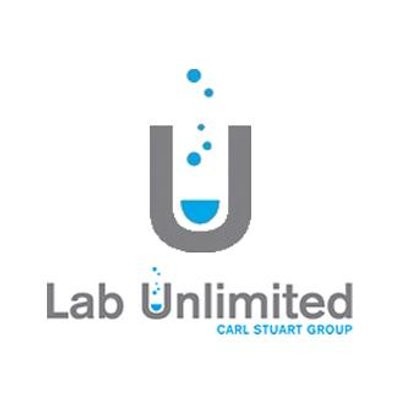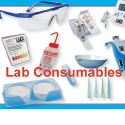YSI’s 8 steps to Calibrate & Measure Ammonia ISEs in the Lab
13 August 2018Are you required to calibrate & measure Ammonia ISEs in the Lab? According to YSI, there are 8 easy but sensitive steps you must follow, to obtain repeatable and reliable results.
Step #1: Connect the ammonia electrode to a meter that has a BNC input and can show ion concentration directly. Also, make sure to set up the instrument to measure ammonia.
Step #2: Connect a temperature sensor to the instrument. This is key as effective ion concentration measuring depends greatly on temperature. The standard solutions temperature as close as possible to the expected sample.
Step #3: Prepare the standards. Standards should bracket the expected sample range. There should be a tenfold difference in concentration between the high and low standards. Make sure standards are in date and use a minimum of two standards. You can also use a third standard if there is more than a tenfold difference.
Step #4: Place the electrode in the lowest concentration standard and stir at a constant rate using a stir bar and stir plate. The stirring speed should be limited to minimize loss of ammonia gas. Use the same stirring rate when calibrating and measuring samples.
Step #5: Add your ionic strength adjustor (ISA) to the standard and start calibration. Once the ISA is added, the solution should have a pale blue colour, indication the pH.
Allow the solution to stir for 1 minute and begin calibration. This is a delicate and time sensitive process. Ammonia in the sample will no longer be sufficient 4 minutes after ISA is added, so after this time, a fresh standard will need to be prepared.
Step #6: Calibrate with additional standards.
Once the instrument has accepted the first calibration point, finish calibrating using steps #4 and #5 for the remaining calibration points. Make sure to calibrate in order of increasing concentration.
If calibrating with less than 7 standards, you can finish calibration process after calibration using the highest concentration standard.
Step #7: Evaluate electrode slope on the calibration record. For highest accuracy, the ammonia electrode slope should be between -53 mV/decade and -65 mV/decade. If not, recalibration is required.
Step #8: Recalibration is KEY! The ammonia electrode should be calibrated at the beginning of each day. Verify the calibration result every 2 hours by preparing a fresh low to mid-range standard, adding ISA, and verifying the reading.
Read the article on our blog: https://www.labunlimited.co.uk/News-Article?articleid=3486



